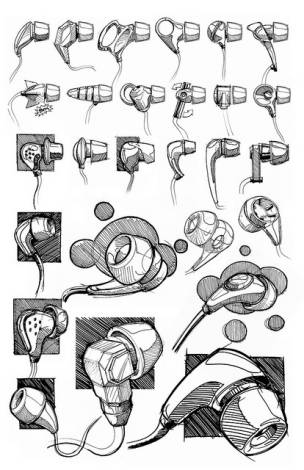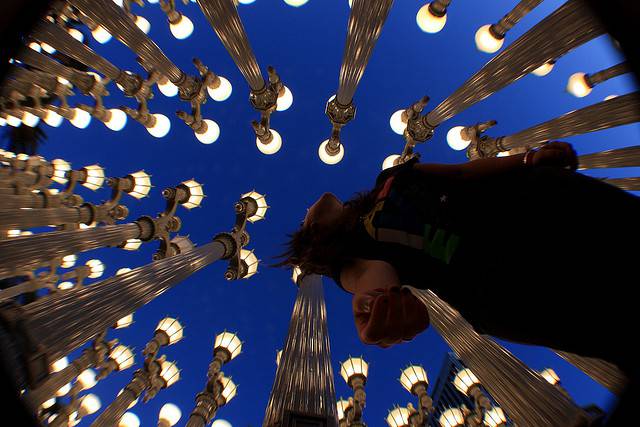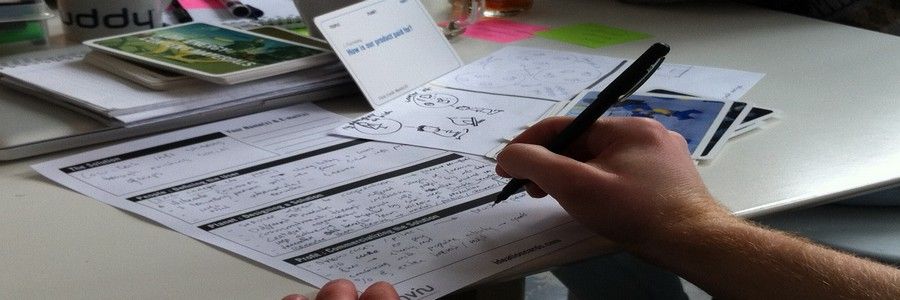Design is a creative field; it might be an easy thing to forget when you are entering the millionth line of code in the day or spending hours in meetings, but from start-to-finish the design process rests on ideas and problem solutions. The process of generating ideas is referred to as Ideation, and while ideas are formed throughout, many design projects set time aside for this particular activity.
The design team will gather information from as many of the people involved as possible, including designers, test users, usability engineers, and all other stakeholders. For specific parts of the project the team will usually focus on information from those most affected, rather than collecting thoughts and ideas from everyone connected to the product.

Author/Copyright holder: Patrick Murphy. Copyright terms and licence: CC BY 2.0
An Ideation Scenario
The Whyze Group, which specialises in customer experience discovery design services, provides a customer experience ideation scenario as follows:
At first the team would identify potential areas for improvement within the service or product; a process referred to as defining the innovation space. If the team feel they do not have sufficient information to identify potential problem areas or points that require further development, they will reinforce their understanding and investigate the domain and product further. At the end of this stage the team will come to an agreement on the areas to give most attention.

Author/Copyright holder: ashley rose,. Copyright terms and licence: CC BY-NC-ND 2.0
The Whyze Group identified that their client did not offer an after-purchase service that made the customer feel considered and appreciated. The team then ideated to generate solutions for this deficiency within their client's current customer experience framework. The aim of ideating in this scenario was to establish how the client could fill in the experience from the point a customer makes a purchase to receiving their goods.
The Focus of Ideation
The ideation process typically considers the emotional and general experiential factors associated with using a service, such as an E-Commerce website. In a user-centred approach, the team will often focus on the pleasurable aspects of the experience and how they can be enhanced, rather than focussing specifically on utility, usability, or any other principles of use. Designers will obviously take these factors into consideration, but ideation is often targeted at generating ideas and problem solutions for the overall experience, not just practical elements of the design.
In Summary
Ideation occurs at every point of the design process, but these ideas are often brought together with others generated during specific exercises aimed at uncovering new methods, approaches, practices, and, perhaps most importantly, new ways of improving the complete user experience. So much information is uncovered over the course of most projects that there must be a point where it is combined, analysed, and converted into practical solutions and means of making products more enjoyable to use.
(Wiki) Methods of Innovation From the book Ideation
(Slideshare) Structured Ideation and Design Thinking
Header Image: Author/Copyright holder: Oriol Pascual. Copyright terms and licence: CC BY-SA 2.0











